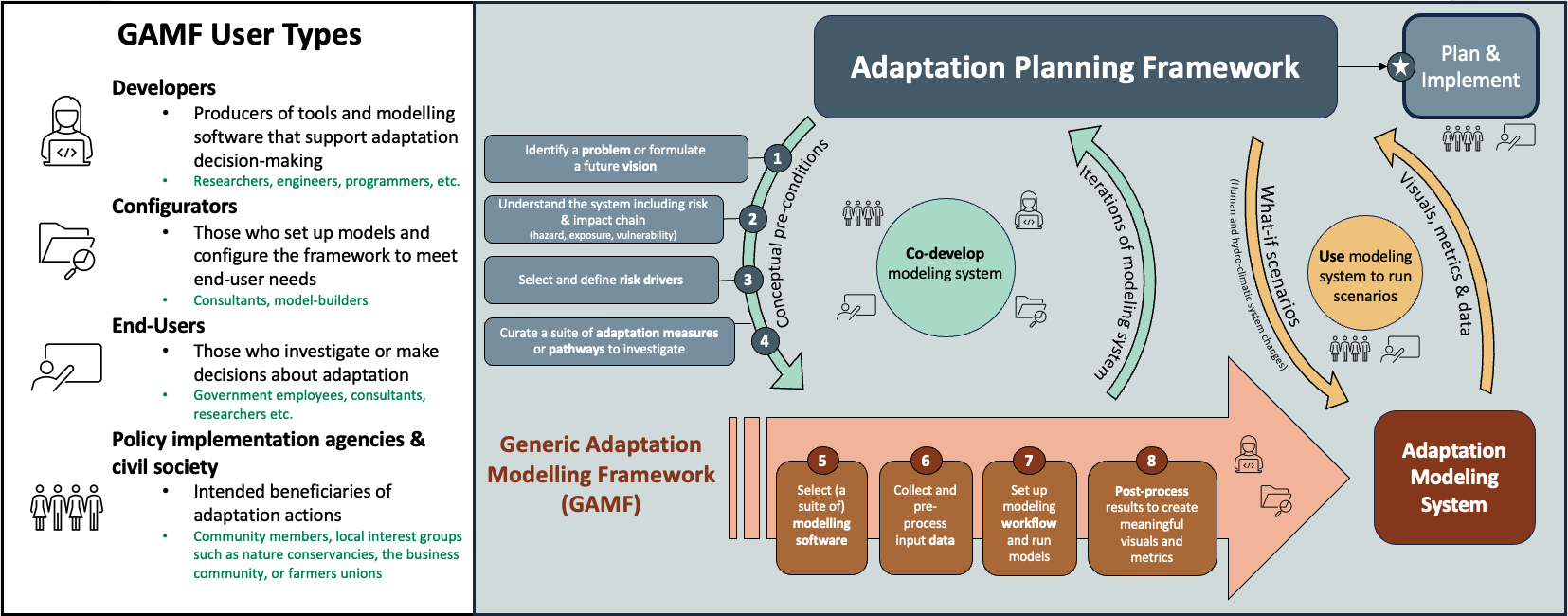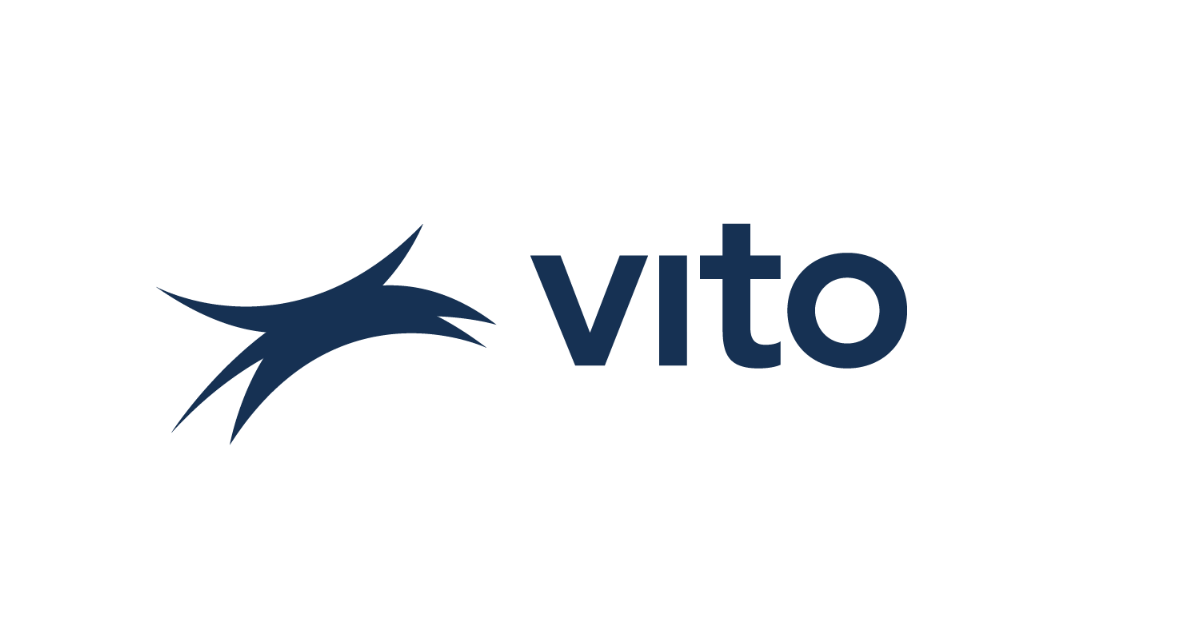Adaptation Modelling Framework
Developing an adaptation modelling framework supporting the EU Adaptation Strategy goals and enabling easier access to advanced hazard and impact models for decision-makers.
In a nutshell
- Development of a generic adaptation modelling framework aims to support EU Adaptation Strategy goals and enable easier access to advanced hazard and impact models for decision-makers.
- Demonstration example presents flood risk management digital twin, part of the DestinE Solution, automating processes and allowing non-technical users to evaluate various scenarios, facilitating stakeholder engagement and improving adaptation planning.
- Modular design approach for generic framework fosters collaboration, innovation, and knowledge exchange, ensuring continuous evolution of DestinE to address emerging needs and incorporate the latest scientific advancements in climate adaptation and mitigation efforts.
Technical Overview
Challenge
Equitable climate adaptation is contingent upon understanding the evolution of hazards and their impacts, particularly on the most vulnerable. The advance of rapid open-source physics-based flood and impact models, for example, offers potential insights for flood risk management. However, their complexity often makes them inaccessible to decision-makers due to the advanced technical knowledge required for their operation. An important component in making hazard and impact models more accessible to decision-makers are automated workflows and model builders. These tools can set up, modify and execute state-of-the-art open-source models, simulating, visualizing, and assessing (compound) hazard scenarios, impacts, and risks across diverse demographic and physical contexts. Moreover, orchestrating multiple cross-disciplinary models is essential for efficiently running a wide range of scenarios or historical events. This orchestration, combined with configuring large volumes and varieties of data for models to simulate events in combination with various future conditions and adaptation actions presents a significant challenge and strains reproducibility of modelling approaches.
DestinE Solution
The DestinE Solution spearheaded by Deltares in partnership with ECMWF, is the development of a generic adaptation modelling framework to (1) more effectively support the EU Adaptation Strategy’s goals of smarter, more systemic, and faster adaptation to climate change, and (2) enable users to benefit from the upcoming capabilities and services emanating from DestinE and its Climate Adaptation Digital Twin (Climate DT).

The implementation of the generic framework will be demonstrated through a flood risk management digital twin that automates model pre-processing, workflows, and post-processing and allows non-technical end-users to access these modelling advances has the potential to revolutionize the adaptation planning process.
The Demonstrator combines different tools and methods to create an easy-to-use system for managing floods and planning for adaptation. Here’s how it works:
- Models and Tools: Existing open-source models and tools developed by Deltares. These include FloodAdapt which serves as our adaptation modelling framework starting point, SFINCS for modelling compound floods, Delft-FIAT for assessing damage, and HydroMT for building models and preparing input data. These tools provide a lot of information about floods and their impacts.
- Workflow Orchestration: Integrated workflow solutions from leveraging the DestinE component landscape to manage how these different models and tools interact and share data. This helps everything run smoothly and efficiently.
- Containerization: Containerization (Docker and/or Singularity), which makes it easy to scale up, move around, and work with different computing resources. This means our system can be used in different settings without much hassle.
- Demonstrator: A demonstration of the flood risk management system will be created using Jupyter Notebooks and the Solara library. This will be accessible through a web application, making it easy to use and understand for anyone involved in flood management and adaptation planning.

Leveraging the DestinE component landscape and the Climate DT, the flood risk management digital twin will empower government agencies, practitioners, and researchers to evaluate meaningful “what-if” scenarios, such as specific events, future conditions, or protective measures, and obtain quality flood and impact maps, equity-focused visuals, and informative metrics to support their planning needs and facilitate genuine stakeholder engagement.
Impact
This use case aims to provide significant value to the broader community through its modular design approach in developing the generic adaptation modelling framework for DestinE and demonstrating its applicability in a flood risk management digital twin. By establishing a methodology for integrating existing open-source models into the DestinE ecosystem and demonstrating the utility of reusable modular components, we encourage collaboration, knowledge exchange, and innovation among researchers, practitioners, and stakeholders. This ensures that DestinE remains at the forefront of climate adaptation and mitigation efforts, continually evolving to address emerging needs and incorporating the latest scientific advancements. As more tools and capabilities are integrated, users can tackle complex climate challenges with greater precision and effectiveness, ultimately promoting climate resilience and protecting vulnerable communities worldwide.
Contributions
Providers

